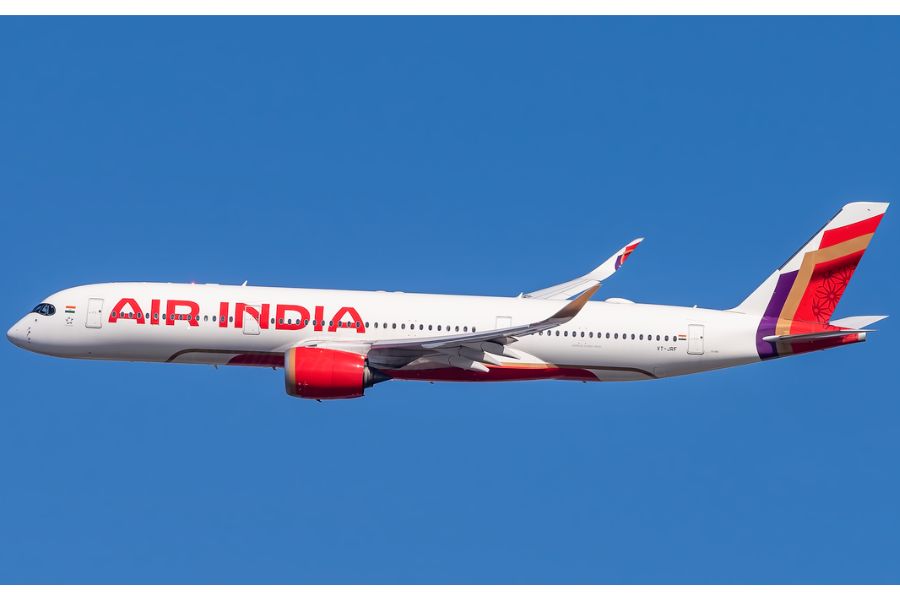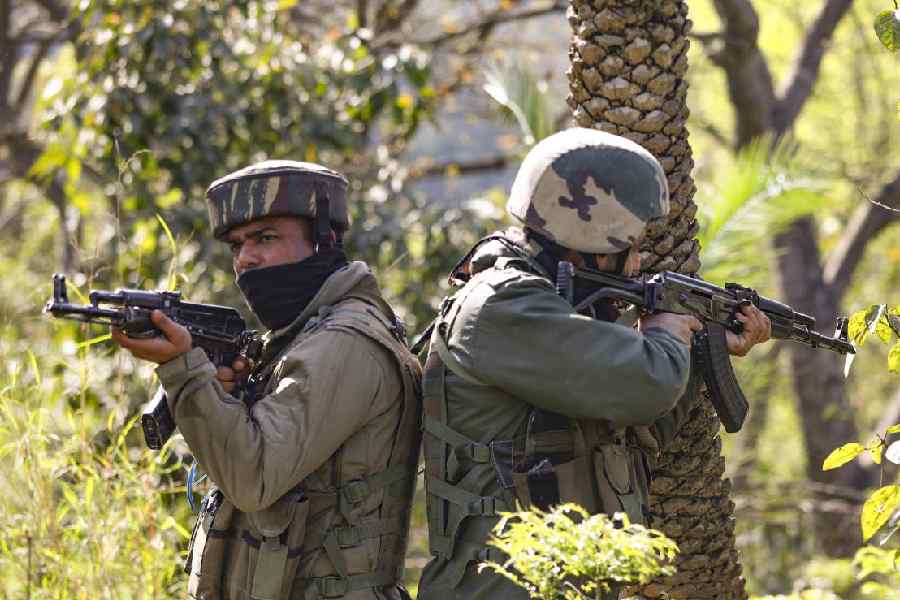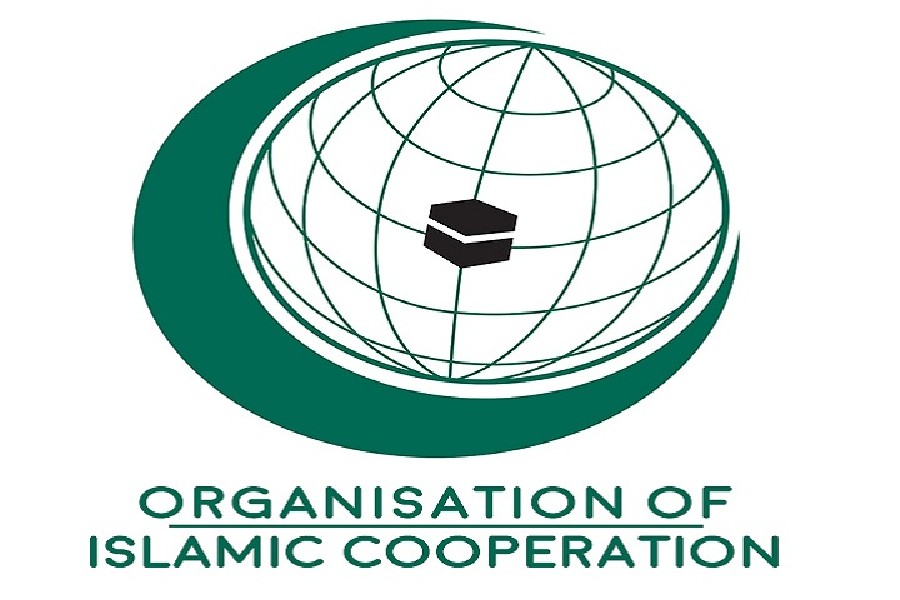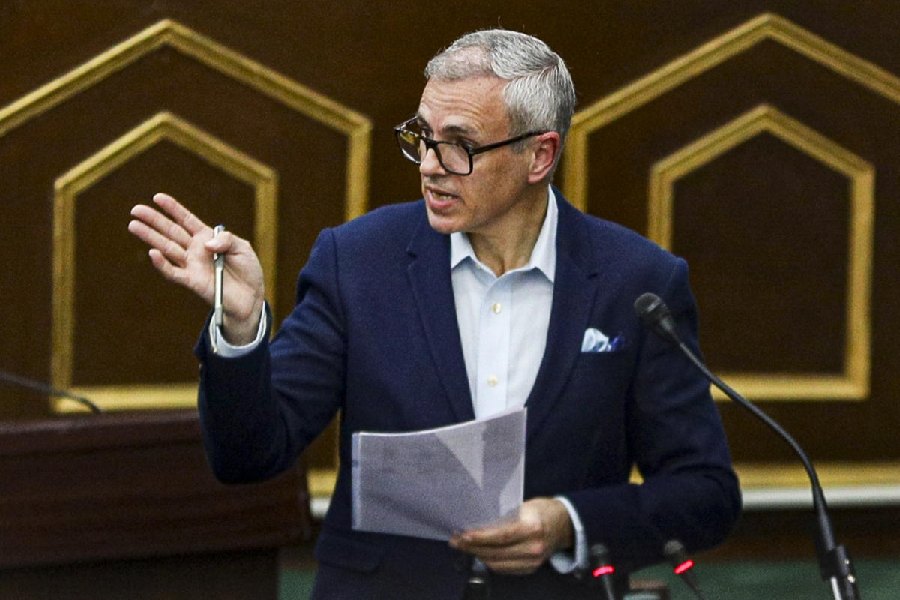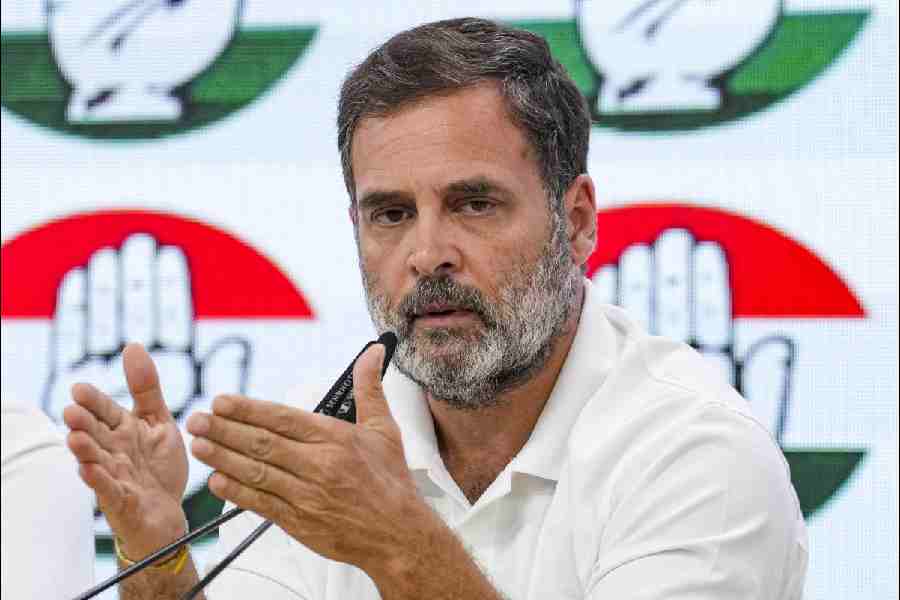 |
The chief minister of my state, Mr Siddaramaiah, recently announced that he would take an all-party delegation to meet the prime minister. He hopes thus to convince Manmohan Singh and the Union government to (i) install a statue of the medieval chieftain, Kempegowda, at the city’s international airport; (ii) name Bangalore’s main railway station after Sangolli Rayanna, a warrior who fought against the East India Company in the early 19th century, and who has been the subject of a recent Kannada film.
Four things are interesting about this proposal. These, in order of importance, are: (i) although folklore credits Kempegowda with founding Bangalore, in fact the town existed from well before his time; (ii) it is anachronistic to see Sangolli Rayanna as a ‘freedom fighter’, since he was fighting for the retention of his aristocratic chief’s privileges; (iii) of these two heroes, one comes from South Karnataka, the other from North Karnataka, their joint invocation bringing together the different, disparate, and often disputatious regions of the state; (iv) this, to my knowledge, is the first time a Karnataka chief minister has sought to make the promotion of regional heroes (real or fictive) a conspicuous part of his political agenda.
The operative word here is regional. Mr Siddaramaiah’s predecessor, B. S. Yediyurappa, was an incompetent, if not calamitous chief minister, under whose regime the state witnessed indifferent economic growth, attacks on minorities, and gross political corruption. Among the (so to say) ‘constructive’ achievements of Mr Yediyurappa’s government was to rename a flyover in west Bangalore, located not far from the Yeshwantpur Railway Station. I had often driven over the flyover in the past, and noticed only the destinations posted on it — right to Tumkur, left to Rajaji Nagar. After Mr Yediyurappa assumed power, however, these sign-boards cowered under a much larger metal banner in blue, proclaiming that we were now on the ‘Pandith Deendayal Upadhyaya Flyover’. Now the Pandit had no organic connection with Bangalore (or Karnataka). However, in the 1950s and 1960s he had served as the influential secretary of the Jana Sangh, the mother organization of the Bharatiya Janata Party to which Mr Yediyurappa (then) belonged.
In other states where they have been in office, the Bharatiya Janata Party has likewise named junctions and roads after the builders of their party. I grew up in the sub-Himalayan town of Dehradun; returning there in 2001, after some years away, I found that a crossing I had passed a million times in my youth was now called (after the founder of the Jana Sangh) ‘Dr Shyama Prasad Mookerjee Chowk’. It was previously known as ‘Bindal Chowk’; which was both pragmatic and sensible, since a river by that name flew alongside it, whereas Dr Mookerjee had probably never visited the town himself.
The BJP is a party of the ideological Right. Its counterpart on the Left is the Communist Party of India (Marxist). The CPI(M) has been episodically in power in Kerala and for much longer stretches in West Bengal. I know Kochi and Thiruvananthapuram only from fleeting visits, whereas I spent five formative years as a student in Calcutta. Two streets I knew well in those years were Lenin Sarani (formerly Dharamtala), that runs at the end of Chowringhee, and Ho Chi Minh Sarani, which is also in the heart of the city. I am told, meanwhile, that a major road in south-western Calcutta is called Karl Marx Sarani.
Marx founded Marxism, as a theory; whereas Lenin founded Communism as a practice. Their invocation is as natural to these partisans as would be S.P. Mookerjee and D.D. Upadhaya to the other side. As for Ho Chi Minh, it was at the height of the Vietnam War that a street was named after him, largely because the American Consulate was sited on it.
In naming streets, flyovers and the like, the BJP and the CPI(M) invoke their ideological forebears. Who, in similar circumstances, does the Congress remember? After Mahatma Gandhi died in 1948, there were roads in many cities named after him. (Bangalore’s famous — and now much degraded — M.G. Road was previously known as South Parade). After Jawaharlal Nehru died in 1964, some stadiums and museums (and perhaps a few roads too) assumed his name. After Lal Bahadur Shastri died in 1966, the National Academy of Administration in Mussoorie henceforth had the initials LBS prefixed to it. After Indira Gandhi died in 1984, New Delhi’s airport (among other things) was named after her.
In the past decade of Congress rule, however, the invocation of past leaders has grown exponentially. By one calculation, more than 400 government schemes or buildings are named after former Congress prime ministers. However, in this list, Shastri and Narasimha Rao rarely figure, and Nehru merely episodically. There has been an obsessive, almost maniacal desire, to name projects after Rajiv and Indira Gandhi. It is reasonable to speculate that this originates with Sonia Gandhi, who is devoted to the memory of both. Whereas Congress prime ministers from outside the Family are ignored, so are other major Congressmen such as Gopal Krishna Gokhale, Vallabhbhai Patel, Sarojini Naidu, Maulana Azad, and Jagjivan Ram.
Which brings me back to the chief minister of Karnataka. In invoking Kempegowda and Sangolli Rayanna — two men dead long before Rajiv and Indira Gandhi were born — Mr Siddaramaiah is departing from recent Congress precedent; instead, he is (whether consciously or unconsciously) aligning himself with other state leaders and parties who have praised regional heroes to promote their own political cause. Think, for example, of the repeated and regular invocation of the ancient scholar, Tiruvalluvar, by the Dravidian parties. Or of the naming by the Dravida Munnetra Kazhagam of roads and airports after their first chief minister, C.N. Annadurai.
The DMK was, of course, the first regional party to run a government in any Indian state. Even before it assumed office in Tamil Nadu (then Madras), across the country in Maharashtra a party named after a medieval Maratha warrior was taking its first steps in politics. When the Shiv Sena eventually came to power, three decades later, it ensured that Mumbai’s airport, main railway station, and showpiece museum were all named after Shivaji.
Regional sentiment runs deep in the states of India. An overwhelming majority of Bengalis, Odias, Tamils, Andhras, Malayalis, Assamese, Gujaratis and Maharashtrians are patriotic Indians, yet they do not like being patronized or condescended to by New Delhi. Had Sonia Gandhi named the Bandra-Worli Sea Link after Y.B. Chavan (who spent most of his life in the Congress, and was a good chief minister as well as an outstanding Union defence minister) I think it would have gone down well with most Maharashtrians, cutting across party lines. Perhaps, given the fact that the Telugu Desam Party is a major rival of the Congress, the new Hyderabad International Airport could not have been named after N.T. Rama Rao. Yet, if instead of Rajiv Gandhi (again!), it had been named after the composer, Thyagaraja (a native Telugu speaker), the Congress may have garnered much goodwill in that state.
Intellectuals will deride Mr Siddaramaiah’s demands as empty symbolism. I think, on the other hand, that it is clever politics. By promoting Kempegowda, he has neutralized the oft-heard criticism that (as a Kuruba himself) he is against the interests of the dominant caste of southern Karnataka, the Vokkaligas. By adding Sangolli Rayanna, a historical figure from north Karnataka, he has sought to treat both parts of the state even-handedly. Finally, by positing regional pride and regional identity as a key factor in his politics, he had asserted his autonomy and independence from the excessively centralized — and centralizing — culture of his party’s High Command in New Delhi.





